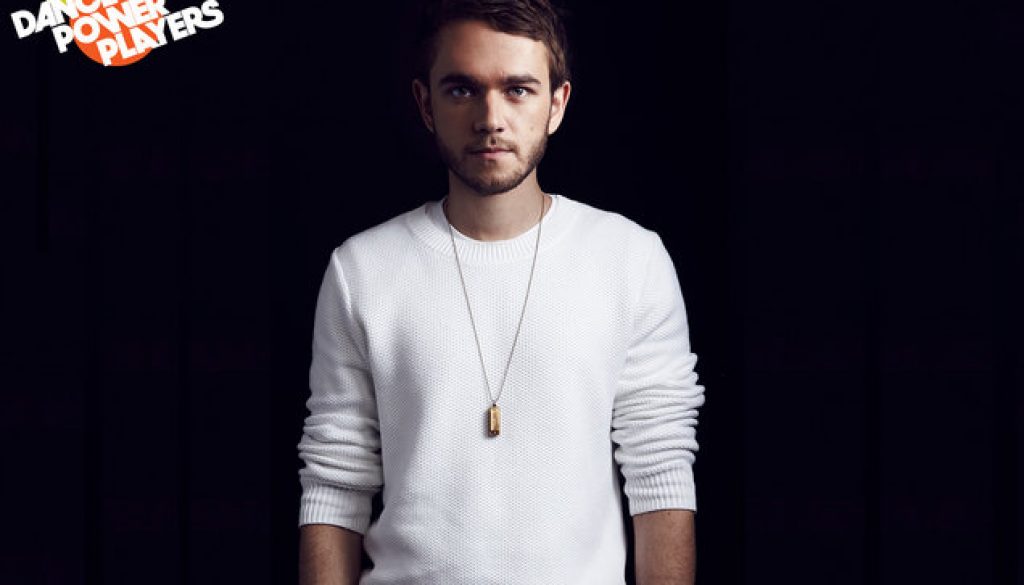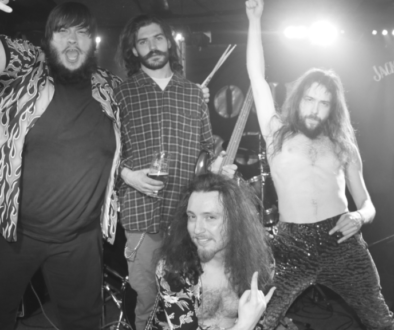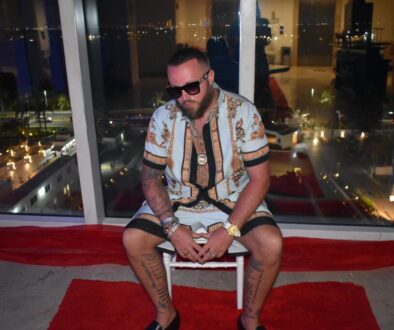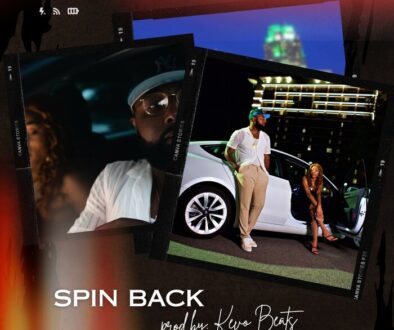How Zedd Landed His Biggest Record By Slowing Down
Zedd is a workaholic, but he owes one of his biggest successes to slowing down. After an exhausting 2016, the DJ-producer took a few months off from the studio to recharge.
“When I came back, ‘Stay’ was the first song I made,” “I felt refreshed and you can hear it.”
“Stay,” a collaboration with Canadian singer-songwriter Alessia Cara, is Zedd’s highest-charting single to date. It’s currently No. 7 on the Billboard Hot 100, outperforming 2013’s “Clarity,” featuring Foxes. “Stay” is the first in a series of new Zedd singles coming this year. Instead of disappearing to work on a new album (his last, True Colors, hit No. 1 on Billboard’s Top Dance/Electronic Albums in 2015), he wants to “keep fans in the loop while I make the music.”
With its slower tempo and high-sheen production, “Stay” typifies Zedd’s shift from 128 BPM anthems to more traditional song structures. “I didn’t want people to talk about song parts as much anymore, because with electronic dance music, people tend to skip to the drop,” he reasons. “If they like the drop, they love the song. If they don’t like the drop, then the song sucks. I just want it to be a song where each part is equally important.”
Zedd was confident he and Cara had aced the change in pace. “I knew it was big when I was listening back to a very early version of the song on my couch,” he recalls. “When the chorus hit, I had goosebumps. That natural reaction tells me I’m most likely not the only person in the world who will get excited.” However he knew that nothing was guaranteed. “Timing can ruin a song, you just never know,” Zedd says. “Sometimes the radio only wants a certain amount of electronic songs and they give that spot to somebody else. But with ‘Stay’, everything came together.”
It’s just one commitment on an itinerary that already stretches past summer. While Zedd will play select festivals this season (including the Billboard Hot 100 Music Festival on August 19-20), he’s focused on his 2017 residency with the Hakkasan Group in Las Vegas. The deal includes regular appearances at the flashy OMNIA nightclub inside Caesars Palace, which also counts Calvin Harris, Hardwell and Tiësto among its top-tier residents.
Zedd has been a fixture on the Strip since his first residency with Marquee in 2012, and he hasn’t seen any signs of the Vegas bubble bursting. “I don’t think Vegas has changed much for me or Calvin Harris, for example,” he says. “I think it might’ve changed for acts that were on the verge [of blowing up] or didn’t have a history with radio songs or TV.” After five years jumping between Vegas superclubs, Zedd knows how to pitch his sets there. “I think there’s an audience in Vegas that is much more likely to want music they’re familiar with,” he says. “Generally speaking, I don’t think it’s quite the crowd for new songs or new remixes.”
“I can switch up my set at any time,” Zedd adds. “If the DJ before me plays one of the important songs I was going to play, I’ll just leave it out without a problem. Whereas if you have a live show where you play an instrument, you’re most likely going to have to use timecode with everything already preprogrammed.”
The producer sees “Stay” as a bridge between “the old Zedd and the new Zedd,” which is a distinction some fans make online. “Shave It Up,” Zedd’s first release on Skrillex’s OWSLA label in 2011, earned him the “complextro” tag alongside contemporaries Porter Robinson and Madeon. His debut album, 2012’s Clarity, revealed the pop instinct he’s sharpened in recent years. Even now as he tries new tempos, he hopes fans will hear the same Zedd in the music.
Onstage, Zedd avoids the standard CDJs setup favored by most of his peers. His choice of a Traktor S4 controller reflects his background as a producer first and foremost, not a DJ. Zedd learned piano as a child, played drums in the metalcore band Dioramic as a teenager (alongside his brother Arkadi on lead vocals), then broke into dance music with two Beatport remix competition wins.
“I just never learned to use CDJs,” he says. “When people asked me to play my first shows, I had no idea what that meant because I was in a band. I literally just Googled what you use as a DJ. A laptop and Traktor was one of the first choices. I’ve always stuck to it.”
That said, he’s considering a change in equipment “for pretty much the first time in my career” after recently trialing a new controller and mixer.
In his years as a main stage draw, Zedd’s sets have been carefully rehearsed. While most DJs will claim nothing is pre-planned, Zedd contends his preparation makes for a slicker experience, with room to still be flexible. “I’ve always said I think it’s much more honorable for a DJ to talk through a set with their team, make a playlist, and split up the special effects and the cues so it really becomes a good show,” he says. “I think that’s much more honorable than going out there, not knowing what you’re doing, and just kind of winging it. It’s a matter of taste.”
“There’s still the attention to detail that I like to bring to my songs,” he says. “I’ve written these piano pieces that only exist in piano form, and I would love to experiment with releasing a piano song and have my fans still say, ‘Oh, this is still Zedd because of the chord progressions and the melody.’ I want people to be open-minded enough to experience something new. That’s my goal.”
Zedd has described his next single, a collaboration with Liam Payne of One Direction, as “the definition of a summer song to me.” With a couple more potential Hot 100 hits lined up for late 2017, the producer tells Billboard he’s “working in the background on some more cinematic and experimental music.” These “weirder” Zedd creations should arrive in between the single phases. “My plan is to keep releasing songs while they’re fresh, and let fans be a part of what goes on in my mind.”



